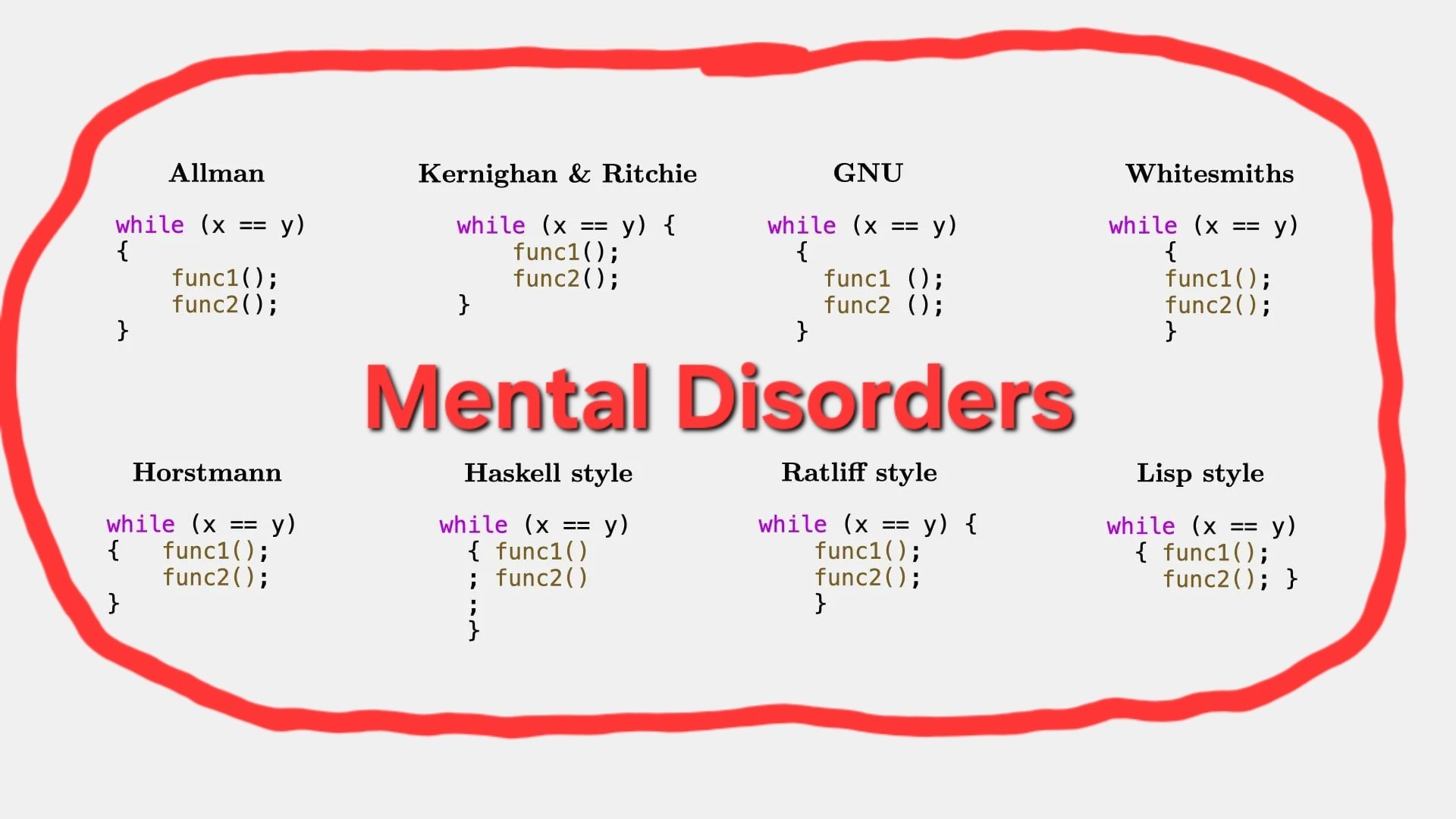lmao that's a good one
Feathercrown
joined 1 year ago
Yes, that's true, but the word sounds bad so I'm using the more fun one. I suppose we could use a qualifier, like "corporate rot"
Day 2984783 of mentally substituting "enshittification" with "rot"
Well they aren't called Specific Electric, are they?
Don't care lol, he's doing what he said he would. Thanks for voting! Enjoy your prize!
It's Reagonomics baby!
Team Fortress 2
Why is the cheese labelled "bread"
Not really? Do you know what edgy means?
Remember, every 27th customer gets a ball-peen hammer free!
view more: next ›



What do we call this, an Appeal to Balance fallacy?